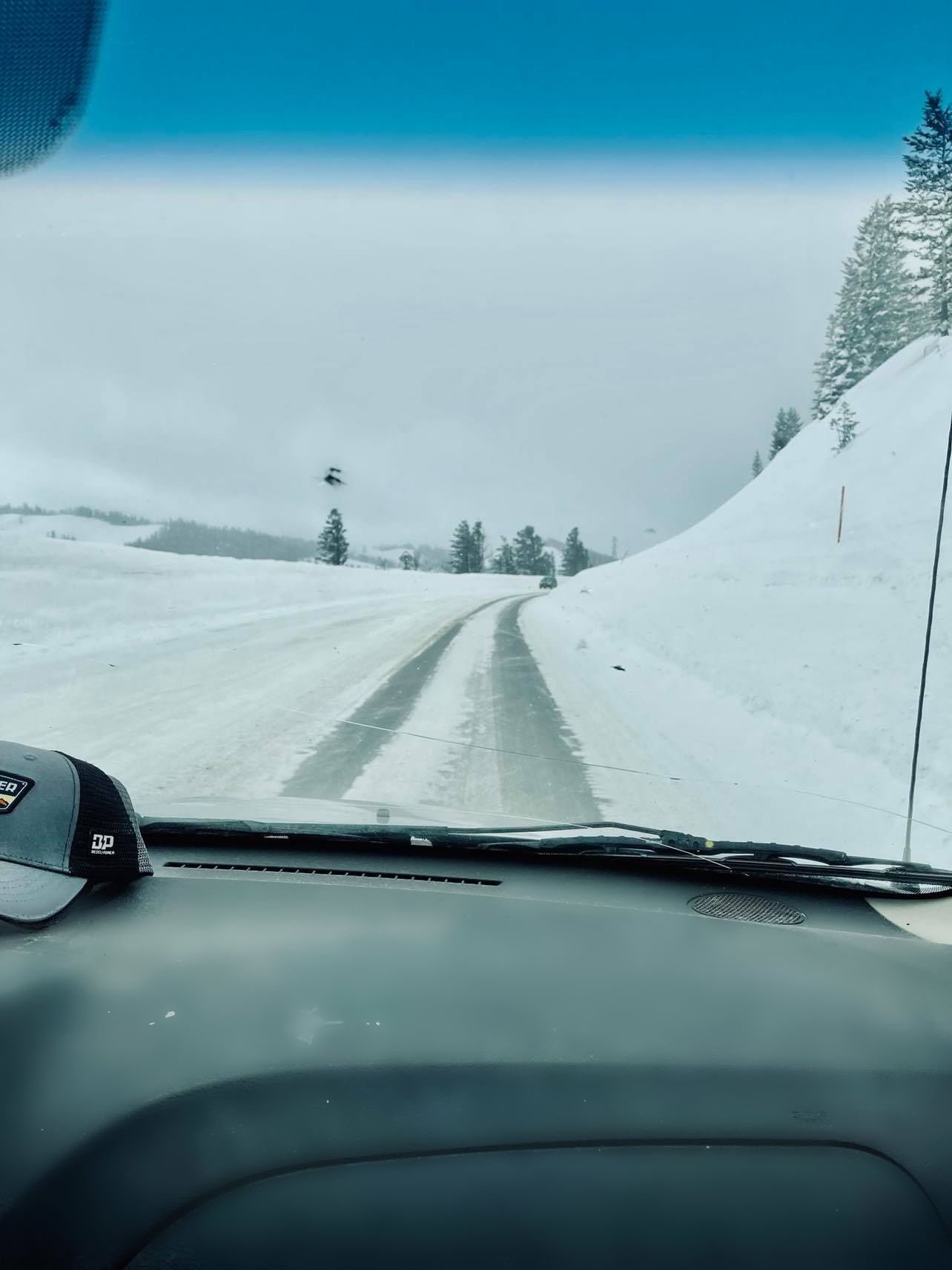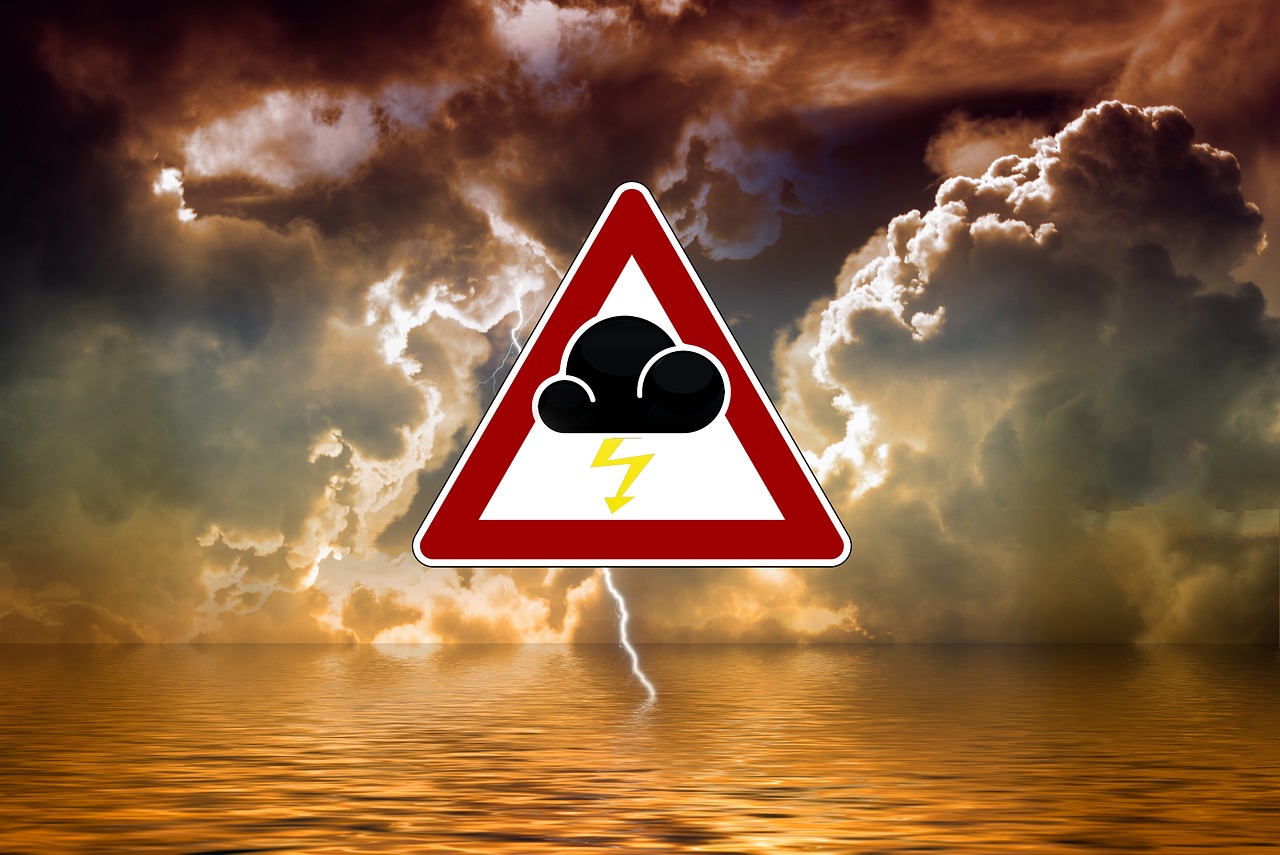What’s the first thing you do when you’re planning an outing or road trip with your friends? If you’re like most people, chances are you check how the weather’s going to be during your trip. If the weather forecast doesn’t seem favorable, you decide to either cancel or postpone your trip.
Accurate weather data has become an indispensable part of our professional and personal lives. Whether you’re building a marketing campaign for your business or planning a holiday with your family, you rely on weather forecasts to guide your decisions.
But did you know that weather forecasting technology hadn’t always been this seamless and convenient? At its inception, weather forecasting mostly relied on a meteorologist’s ability to study historical weather data and make accurate predictions.
The only tools they had at their disposal were thermometers, barometers, rain gauges, and anemometers. Fortunately, weather technology has come a long way since then. Today, meteorologists use a blend of radar, satellite imagery, and powerful computer models to accurately predict extreme weather conditions.
In this blog, we’ll delve deeper into the world of weather technology and see how tech innovations have transformed weather forecasting. The merger of AI and weather sensing tools was an absolute gamechanger.
5 Ways Weather Forecast Has Changed
Weather prediction and alerts are now much more personalized and accurate. How much have things changed? Here are the 5 ways weather forecasting has changed in the past decade all thanks to technological advances.
1. Easy Access to Weather Data
Gone are the days when you had to remain glued to the television or radio to check the latest weather data. Today, a smartphone has the power to become your go-to meteorologist. With the advent of weather forecast websites and apps, you now have access to reliable weather data at your fingertips.
All you have to do is visit a weather site or install a weather app on your phone. And voila! You have access to a wealth of data, including the current temperature, air quality index, precipitation levels, etc. Also, you can get minute-by-minute weather updates, as well as accurate forecasts for the coming days, weeks, and even months.
The best part is that you can access all this information anytime and from anywhere, as long as you’re connected to the internet. You no longer have to be dependent on the local weatherperson to appear on TV and let you know the day’s weather.
2. Hyperlocal Weather Forecasts
Modern weather intelligence platforms don’t just rely on globally distributed radar and satellite systems. Instead, they collect weather data from a wide array of closer-to-ground sources, such as:
- Cellphone towers
- IoT devices
- Street cameras
- Connected vehicles
- Drones
- Airplanes
By converting the existing infrastructure into weather sensors, these weather prediction platforms provide accurate forecasts for localized areas, including neighborhoods and city blocks.
For instance, if you want to know the weather in North Hollywood and get an accurate forecast for the next 5 days then you have that information readily available.

This, in turn, empowers businesses to optimize their routine operations and marketing strategies based on where they’re located. For instance, a construction firm can check the weather at a particular construction site and decide whether it’s safe for laborers to work there.
Likewise, a local fashion boutique can accurately time its seasonal discounts and promotional offers based on the weather changes in its neighborhood.
AI-enabled weather forecasting can also collect data and give actionable insights that are customized for each business. Therefore, it can ask a subscribed retail business to “keep the stores closed” if there is a possibility of a storm or weather-induced hazard.
Therefore, instead of getting a weather forecast businesses get operational tips that are based on accurate and hyperlocal weather data.
3. Intelligent & Actionable Insights
Today, weather technology isn’t just about predicting how the weather is going to behave in the coming weeks and months. Instead, cutting-edge weather platforms combine weather data with artificial intelligence and machine learning to give you an insight into how the weather is going to impact your personal and professional life.
This means you get access to relevant and actionable insights on steps you can take to minimize the impact of unfavorable weather conditions. This, in turn, results in minimal losses, both in terms of manpower and revenue, for businesses.
4. Increased Accuracy
The combination of powerful supercomputers and improved weather satellites enables meteorologists to provide more accurate and reliable forecasts. For instance, the GOES-16 and GOES-17 satellites, launched in 2017 and 2018 respectively, can snap extremely high-resolution images of the earth’s atmosphere.
This, in turn, allows meteorologists to foresee severe weather long before it materializes into a storm, hurricane, or tornado. Also, the use of Doppler radar and dual-polarization helps meteorologists and computer models differentiate between various hydrometeors, such as raindrops, hailstorms, and snowflakes.
Likewise, AI-powered computer models analyze plenty of historical and current weather data to provide hyper-accurate weather forecasts. They also minimize the need to rely on a meteorologist’s ability to manually analyze and compute this data.
5. Timely Updates
The use of high-resolution satellite imagery and weather surveillance radar eliminates delays in detecting storms and issuing weather alerts. Modern satellite systems can generate a stream of images, at a 30-second interval, to help meteorologists track a storm’s progression.
A Doppler radar helps forecasters closely monitor how precipitation is moving within a storm. Ultimately, all these advances help in sending timely alerts to relevant neighborhoods and cities and thus, minimize the impact of severe weather.
Businesses around the world lose billions due to sudden weather occurrences. Sadly, many of these losses can be prevented if accurate weather data were made available.
Business owners and managers need to see the benefit of using weather technologies to prevent losses as well as capitalize on local weather conditions. What other tech innovations are changing the future of weather technology? Share your views in the comments section below.
